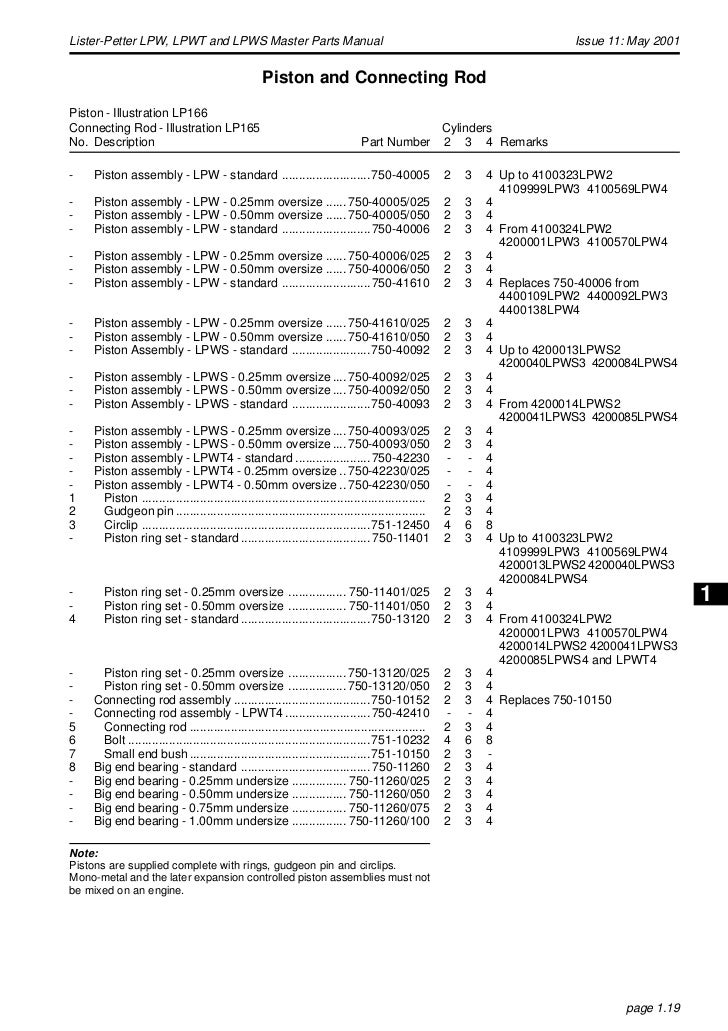Dec 29, 2010 Antique Gas Engine Discussion Meet collectors of hit and miss engines, ask questions about collecting, restoring and showing antique flywheel engines. Lister Engine Serial Number Information this thread has 1 replies and has been viewed 6958 times.

Engine Dating Pages Dating Lists for Lister Engines Lister Engines from beginning to 1951 - all models Page 1 Year start 1st January Petrol (not D & F) D & F Engines G1/G2 Engines Diesel CD Diesel CE Diesel CS Types, 9/1 & 18/2 Diesel 27/3 38/4 1909 2100. 5/-- for singles. CS------- 50/--- 27/3 1910 2220. 10/-- for twins. Bow wow price of fame zip.
Intuit Quickbooks 2008 R5 Crack BEAST. 32bit intuit quickbooks activator v0.3 build 52 beast boy february. Where to find Intuit quickbooks activator. Quickbooks Activator V0.6 Build 70 - BEAST ----- This Will Activate QuickBooks 2013 Editions & Enterprise 13 Permanently (Or Until Intuit Plugs The Hole I Created). 
60/--- 38/4 1915 11982. 30/3 even 1000's 1925 44844. 40/4 odd 1000's 1926 0. 1781 1157 • • • •.
Identifying Lister Diesels An article from the Stationary Engine Newsgroup July 1998 This one is for Dene Oehme in Australia, who asked if I could put together a bit on identifying Lister diesel engines for his new web pages (which are a very good effort) There have been quite a few newcomers to the NG who have asked me if I could explain how to differentiate between various models of the Lister Diesel engines. I have not had that problem myself, as I tended to get right in amongst them from day one, and also spent a lot of time going through handbooks and manuals that I picked up at autojumbles etc.

For the complete beginner, references to CS, CD,CE, JP, 61/6, etc etc are all a bit confusing at first, but if taken in historical order there is some logic behind the designations. JP, JS and JK Engines. The first diesel was the 9/1 (nine horsepower, one cylinder) 1000 rpm engine, which also became known as the JP. The JP came from the Joint Product agreement between Lister and Ruston & Hornsby, whereby they apparently agreed to keep to their own engine size ranges and not compete against each other. This left Listers with engines below 100HP, while R&H handled sizes above that. The block was integral with the crankcase on all models, and wet liners were used. The one feature that characterised the JP, CS, CD/CE and FR engines was the compression change-over valve.
This device made starting from cold without an external heat source a much more reliable process, and earned Lister a big market both in the UK and overseas. The valve operates by putting a small ante-chamber in the head in communication with the main combustion chamber or not. When the chamber was in communication, the compression ratio was lowered, and this was the running configuration. When the chamber was taken out of communication, the compression ration was raised, and this was the starting configuration. For operation at very high altitudes, the change-over valve could be left in the starting position.